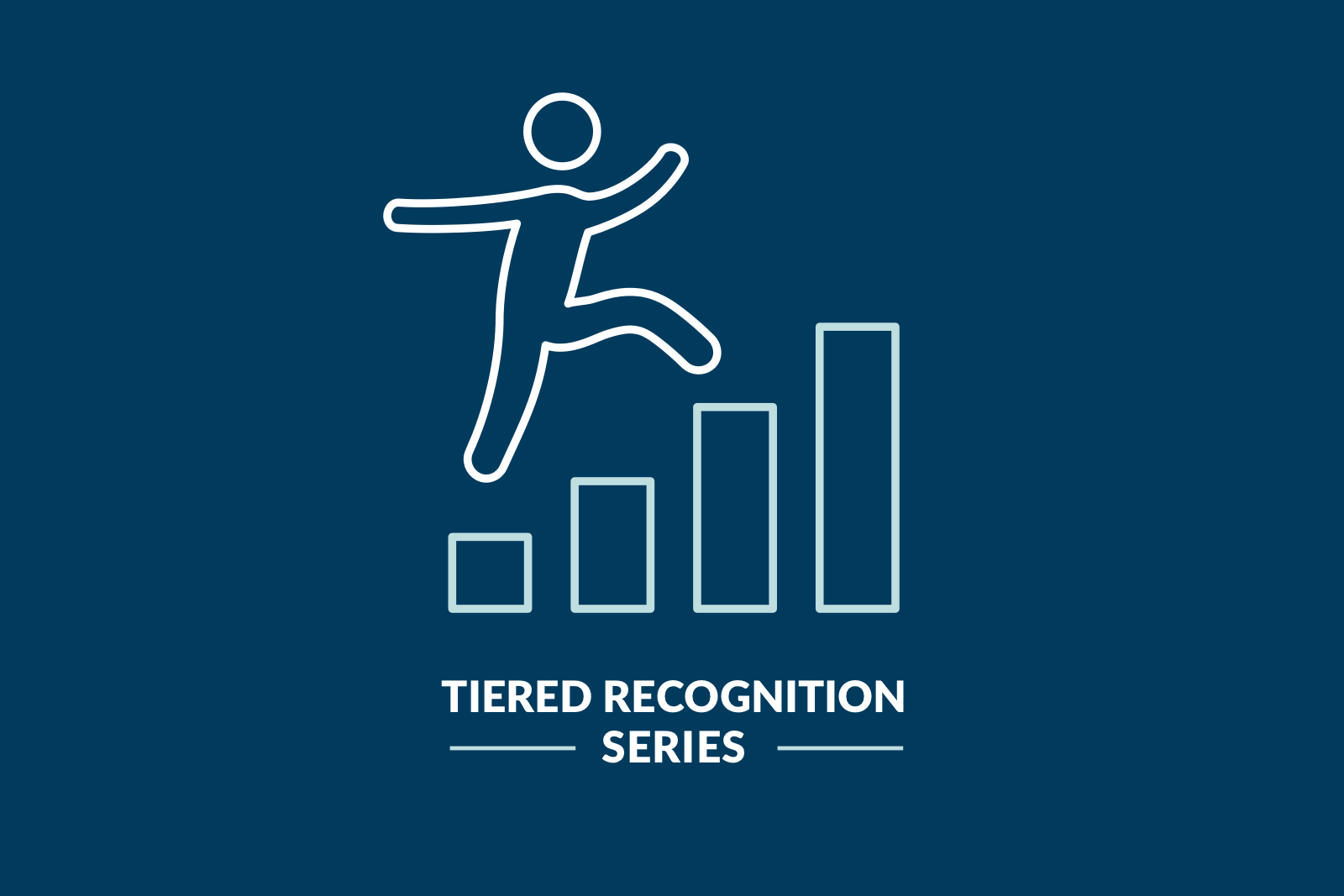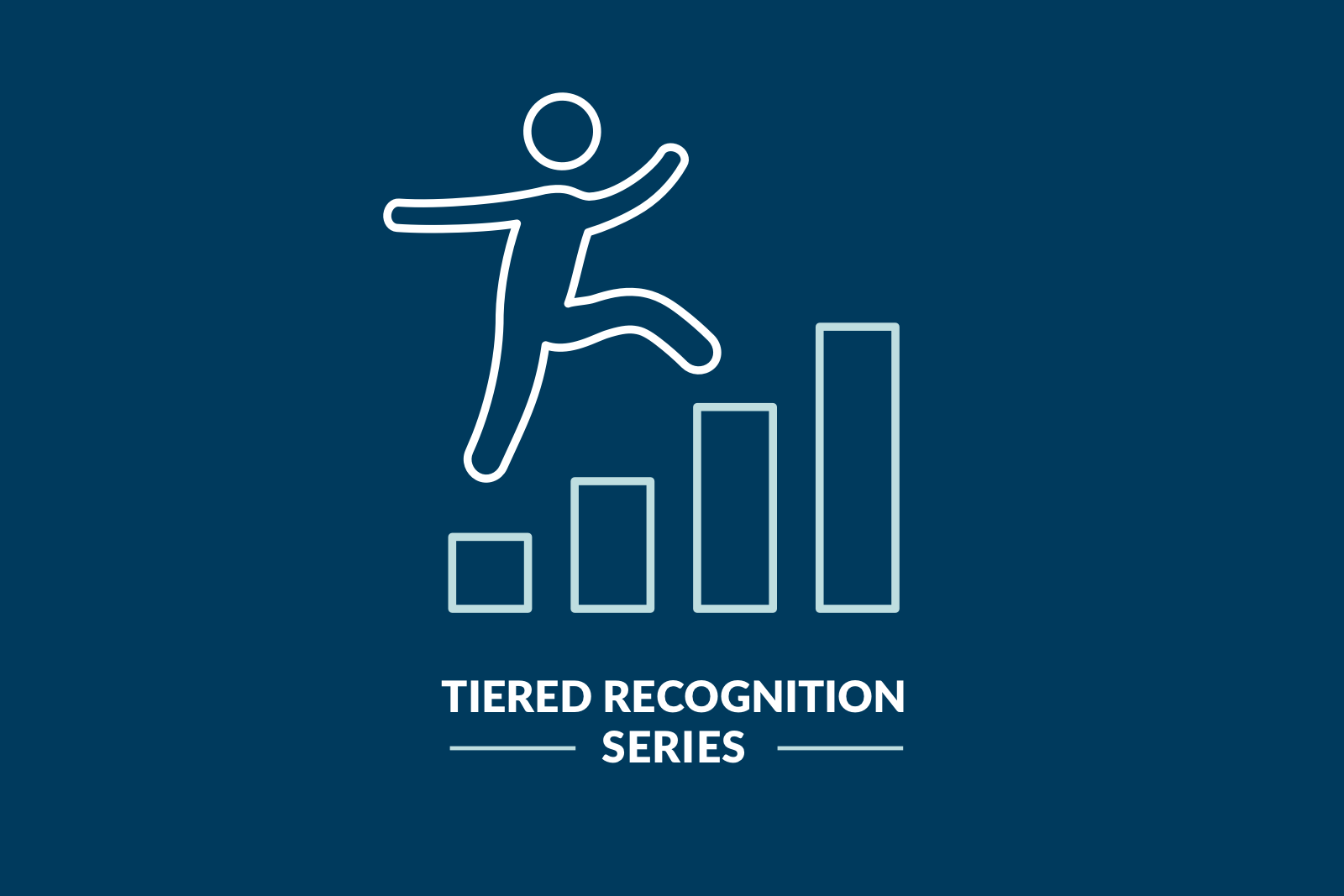The Customer Service Crisis Is Real

According to prevailing sentiment, customer service is dead. While baby boomers lament the loss of the personalized attention they once enjoyed, Gen Zers demand apps that deliver instantaneous results and eliminate the need to speak to human beings. Meanwhile, everyone is frustrated with long wait times, out-of-stock notices, ineffective automated prompts, and many undertrained employees who aren’t empowered to solve even the simplest issues. But is the customer-service crisis the result of overblown expectations or underwhelming execution?
Whatever the root of the problem, customer service is shifting. Lingering supply-chain delays, persistent worker shortages, and customer demands for immediate service across multiple channels means it’s more challenging than ever—and more important than ever—to provide top-notch customer service. In a recent Forbes survey, a whopping 96% of customers said they'll leave a company if they receive bad service.
That’s an intimidating prospect, but the flip side is that bad service elsewhere opens opportunities for brands to distinguish themselves from the competition. In fact, while poor service drives customers away, exceptional customer service is rewarded. In the same survey, 62% of respondents said they’ll pay more for good customer service. Brands that successfully navigate the current challenges to meet customers’ shifting expectations, and continue to do so, could earn lasting loyalty.
Parallel challenges merged to create a crisis.
Supply-chain delays began early in the pandemic, and they continue to impact the delivery of goods and services in almost every industry. Among the most visible are cars, baby formula, toilet paper, and building materials—an array that illustrates how widespread the supply-chain issues are. Half-empty store shelves, delayed or canceled shipping on online purchases, and long lead times on services, such as car repairs or home improvements, all contribute to an increase in customer complaints and concerns.
Simultaneously, the worker shortage means fewer well-trained, experienced customer service representatives are available to handle increased customer issues.
More than half of executives predict the supply chain won’t normalize until the first half of 2024, and experts say the labor shortage could last years. This double whammy means the outlook for customer service could be challenging for the foreseeable future.
New options raise expectations.
New technology and pandemic-driven behavior shifts prompted changes in customer service. Many consumers embraced online service platforms during the pandemic, trying out new technologies—such as artificial intelligence (AI) interfaces and chatbots—to handle issues that may have previously required a phone call to a service representative. Patrons visiting physical storefronts now routinely use automated kiosks or apps rather than engaging a sales associate for help. Many users now prefer the ease of the automated options for handling simple issues.
While businesses make internal distinctions among their service channels, customers don’t. They expect the customer service experience to be fast, efficient, and seamless across all platforms at all times. They want technology to do more for them—faster and easier than ever before—but they also expect immediate access to a real person who can help them when they need it, whether that be in person, on the phone, or by online chat. Successful customer service requires omnichannel solutions delivering the same high-quality experience, regardless of the platform.
No matter the forum, customer service hinges on basic principles.
It may feel impossible to meet these increased demands for efficient service across all customer touch points. Just remember, no matter how customer service platforms evolve, the core tenets of good service remain the same: Customers expect brands to be transparent and ethical, treat them fairly and with empathy, and make the process easy and efficient.
To deliver high-quality, effective customer service, lean into these best practices:
Offer simple solutions to simple problems.
Identify the common issues, questions, and needs your customers experience and give them a simple way to resolve them on their own whenever possible. To reduce customer-service inquiries, make sure websites are up to date with FAQs, order information, shipping updates, and account information. And offer hassle-free shipping and return policies to head off a lot of complaints. As the saying goes, the best defense is a good offense.
Communicate frequently and openly.
Order confirmations, shipping updates, and information about possible delays can reduce customer service inquiries too. If you need to deliver news about a delay or cancellation, do it as early as possible. Be honest and transparent. Offer customers an upgraded product, a discount on a future purchase, or reward points as a show of appreciation for their business.
Use technology wisely.
New options like chatbots, automated voice technology, and social media interfaces can improve response times, reduce strain on call center representatives, and increase customer satisfaction. Unfortunately, when implemented poorly, these technologies can have the opposite effect, frustrating consumers and driving them to the call center. Chatbots, once seen as an ineffective nuisance by many consumers, increased in use by 43% in 2021; and 56% of customers now prefer to message rather than call customer service. The turnaround is largely attributed to improved sentiment-analysis capabilities that allow the chatbot to decode a customer’s mood and guide the interaction accordingly, thereby increasing efficiency and effectiveness.
For those customers who want or need to call, make sure they can easily find a customer-service phone number. On some websites, information is buried under a frustrating number of clicks. Don’t let automated voice technology be a rabbit hole of menus leading nowhere. Always give callers an option to reach a representative by dialing zero from any menu and consider adding new features like automated callback, which alleviates the need for customers to wait on hold, initiating a return call when the next representative becomes available.
Consider using social media platforms as an extension of customer service. Already more than 1 billion messages are exchanged monthly between businesses and users on Facebook Messenger. Handle interactions with consumers on social media with the same level of responsiveness and care as any other channel.
Empower your people.
Once a customer has reached out to your service team, make sure your employees are trained to solve the issue—and have the decision-making capacity to do so. An overwhelming 90% of customers say issue resolution is the most important customer service issue. And every engagement is an opportunity to connect with and delight customers. Give your customer service teams the resources, support, and power they need to efficiently resolve customer concerns.
Personalize and humanize across platforms.
According to The Lacek Group’s global research study, today’s consumers look at a brand as one entity across all channels, and they expect to be recognized across all of them. More than 70% of consumers believe companies should collaborate across departments so they don’t have to repeat their information to multiple representatives. Consider the customer experience across all channels, and then streamline and personalize it whenever possible. Humanize your AI interfaces and encourage representatives to use customer names and include personal signatures in written communication.
Level up to earn loyalty.
Efficiently dealing with customer complaints and issues is only the baseline of effective customer service. Consider how enhancing customer service may incite true loyalty from your customers. Get creative with ways to make your customers feel valued and appreciated. Send special discounts or gifts on their birthdays or other milestones, provide access to a personal shopper or concierge-level service, offer valet parking, or give complimentary refreshments; all of these are ways to level up your customer service experience.
The bar for keeping customers satisfied is higher than ever, and your brand’s efforts to provide stellar service will pay off. Remember, customer retention is still less expensive than acquisition. So make the most of every interaction with your customers, impressing them with your brand’s exceptional service.
Stephanie Hoch is senior copywriter, thought leadership for The Lacek Group, a Minneapolis-based data-driven loyalty, experience, and customer engagement agency that has been delivering personalization at scale for Experience company.

